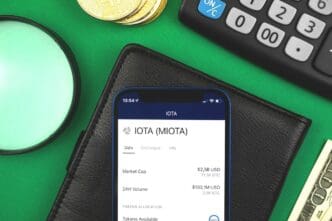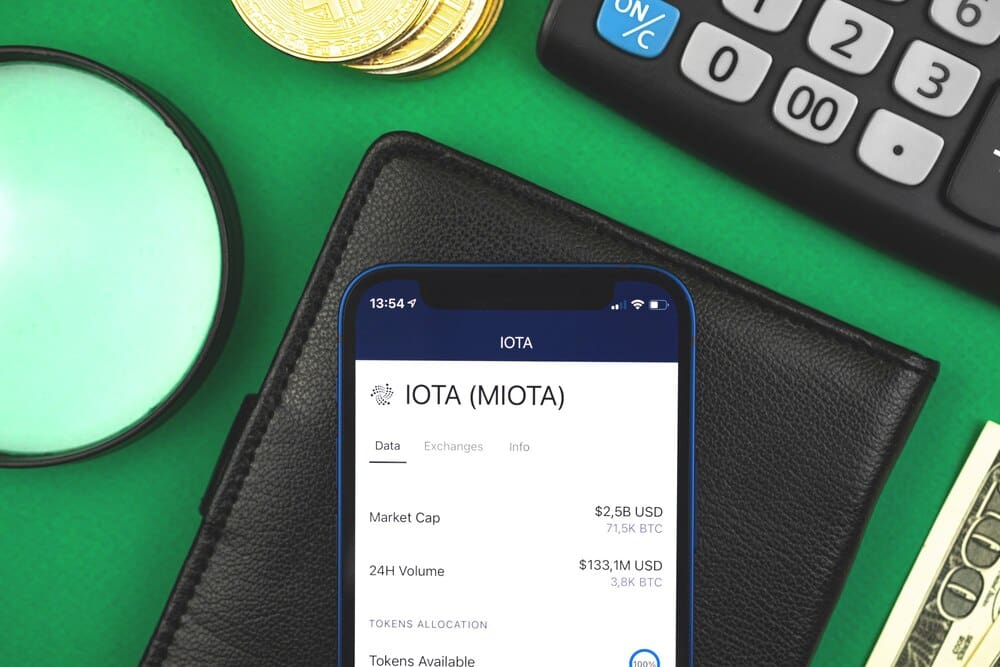For the world’s more than three billion Android users, the smartphone has evolved far beyond a simple communication device into a sophisticated command center for personal finance. Driven by the platform’s open ecosystem and a surge in developer innovation, a powerful suite of financial technology (fintech) tools is now available directly from the Google Play Store. These applications are empowering consumers to budget, save, invest, and transact with unprecedented ease and control, fundamentally changing how they manage their money right from the palm of their hand.
The Android Advantage: Why Your Phone is a Financial Powerhouse
The Android operating system’s inherent flexibility and the competitive landscape of the Google Play Store have created a fertile ground for fintech innovation. Unlike more closed ecosystems, Android allows for deeper customization and integration, enabling developers to create powerful and unique financial experiences.
Features native to the platform, such as Near Field Communication (NFC), are the backbone of contactless payment systems like Google Pay. Furthermore, robust biometric security, including fingerprint scanners and facial recognition, provides a secure and seamless way to authorize transactions and log into sensitive financial apps, replacing cumbersome passwords.
The ability to use widgets on the home screen also gives Android users a distinct advantage. You can have a real-time view of your stock portfolio, upcoming bills, or current budget status without even opening an app, keeping your financial health top-of-mind.
Core Financial Management: Budgeting and Savings Apps
At the heart of any sound financial strategy is the ability to track income and expenses. Modern budgeting apps have transformed this once-tedious task into an automated, insightful process. They connect directly to your bank accounts and credit cards, categorizing transactions to give you a clear picture of where your money is going.
For All-in-One Money Management: Mint
Intuit’s Mint is one of the original and most recognized names in personal finance management. It serves as a comprehensive dashboard for your entire financial life, aggregating data from your checking, savings, credit card, loan, and investment accounts into a single interface.
Its core strength lies in its automatic transaction categorization and customizable budget creation. The app alerts you to upcoming bills, unusual spending, and when you are approaching your budget limits, acting as a vigilant financial assistant. Mint also offers free credit score monitoring, providing valuable insights into your credit health over time.
For Proactive, Hands-On Budgeting: YNAB (You Need A Budget)
YNAB operates on a different philosophy than most other budgeting apps. Instead of just tracking past spending, it forces you to be proactive by following its core principle: give every dollar a job. It’s a digital version of the envelope system, where you allocate your income to specific categories before you spend it.
This forward-looking approach helps users break the paycheck-to-paycheck cycle and gain intentional control over their finances. While it requires a paid subscription and a more hands-on effort, its dedicated user base and extensive educational resources make it an incredibly powerful tool for those serious about transforming their financial habits.
Investing and Wealth Building on the Go
The days of needing a traditional broker and a desktop computer to trade stocks are long gone. Today’s investing apps provide sophisticated tools that cater to everyone from the novice investor to the seasoned trader, all accessible through a slick Android interface.
For Democratized, Commission-Free Trading: Robinhood
Robinhood famously pioneered the commission-free trading model, removing a major barrier to entry for a new generation of investors. Its intuitive, game-like interface makes buying and selling stocks, ETFs, and cryptocurrencies incredibly simple and accessible.
The app is designed for the mobile-first user, with a clean design that allows for quick trades and easy portfolio monitoring. While it has faced scrutiny over its business practices, its impact on making the stock market more accessible to the masses is undeniable.
For Hands-Off, Automated Investing: Betterment
For those who prefer a “set it and forget it” approach, robo-advisors like Betterment are an excellent choice. A robo-advisor uses sophisticated algorithms to build and manage a diversified investment portfolio based on your financial goals and risk tolerance, requiring minimal effort from you.
You simply answer a series of questions about your investment timeline and comfort with risk, and Betterment constructs a portfolio of low-cost exchange-traded funds (ETFs). It automatically handles rebalancing and offers advanced features like tax-loss harvesting, all for a management fee that is typically much lower than a traditional human advisor.
For the Full-Service Investor: Fidelity
Legacy brokerage firms have not been left behind in the mobile revolution. Companies like Fidelity have developed incredibly powerful Android apps that offer a full suite of services rivaling their desktop platforms. These apps are ideal for investors who want deep research tools, a wide array of investment options (including mutual funds and bonds), and comprehensive retirement planning resources.
The Fidelity app provides advanced charting, in-depth market news, and expert analysis, all while allowing for seamless trading. It represents the perfect blend of a traditional, trusted institution with modern, mobile-first technology.
Seamless Payments and Digital Wallets
Fintech has fundamentally streamlined the way we pay for goods and services. Digital wallets and peer-to-peer payment apps have made carrying a physical wallet optional, offering a more secure and convenient alternative.
The Native Choice: Google Wallet
Formerly known as Google Pay, Google Wallet is deeply integrated into the Android operating system, making it the default choice for many users. Its primary function is to securely store digital versions of your credit and debit cards, allowing for quick and secure tap-to-pay transactions at millions of retail locations worldwide.
Beyond payments, Google Wallet has become a true digital replacement for your physical wallet. It can store airline boarding passes, event tickets, loyalty cards, and even digital car keys, consolidating your daily essentials into one secure app.
For Effortless Peer-to-Peer Payments: Venmo
Venmo, owned by PayPal, has become synonymous with paying friends back. It simplifies the process of splitting a dinner bill, sharing rent costs, or paying a friend for a concert ticket. Its defining feature is its social feed, which adds a lighthearted, social element to financial transactions.
For users who prefer a more direct, bank-integrated solution, Zelle is a strong alternative. Embedded within most major US banking apps, Zelle allows for instant bank-to-bank transfers with just an email address or phone number, making it a fast and secure way to send money to people you trust.
The Neobank Revolution: Digital-First Banking
Neobanks are digital-only financial institutions that operate without physical branches. By shedding the overhead costs of traditional banks, they can often offer superior features like no monthly fees, higher interest rates on savings, and innovative money management tools built directly into their apps.
A Leader in Digital Banking: Chime
Chime is a leading neobank in the U.S. that has attracted millions of users by focusing on customer-friendly features. It offers fee-free checking and savings accounts, with no monthly service fees, minimum balance requirements, or overdraft fees for eligible members through its SpotMe feature.
One of its most popular features is the ability to receive your direct deposit up to two days early. This simple yet powerful innovation provides users with faster access to their own money, helping to ease cash flow concerns.
Security and Privacy: The Foundation of FinTech Trust
While the convenience of these tools is immense, it must be built on a foundation of robust security. Entrusting your financial data to an app requires confidence in its ability to protect you. Always enable biometric security like fingerprint or face unlock for your financial apps, which is both more secure and more convenient than a simple PIN.
Furthermore, it is critical to enable two-factor authentication (2FA) on every financial account you have. This adds a crucial second layer of security, requiring a code from your phone or an authenticator app in addition to your password, making it significantly harder for unauthorized users to gain access.
Finally, while the Google Play Store has security protocols to vet applications, always be cautious. Stick to well-reviewed, reputable applications from established developers, and be wary of apps that ask for permissions that seem unnecessary for their function.
Conclusion
The Android platform offers a vast and powerful ecosystem of fintech tools tailored to nearly every financial need and philosophy. From automated budgeting and hands-off investing to seamless payments and full-service digital banking, there is an app designed to help you achieve your goals. The “best” tool is ultimately a personal choice, but by leveraging this technology, Android users can take more active, informed, and confident control of their financial future than ever before.







